Autonomy, colorimetry, brightness and even power consumption are among the many tests that a product can undergo during its passage through the 01lab.
Because yes, if you didn't know, the products tested by 01net go through the 01lab. This is where different smartphones, computers, and televisions undergo a battery of tests to evaluate their performance using scientific methods and objective measurements.
To evaluate the photo section of a dedicated device or our smartphones more commonly used for photography, we use what is called a photo scene. The one used until now, aging, has just been replaced.
The new version now in place at 01lab was custom-designed, with the idea of covering a wide range of products. Of course, this new photo scene allows us to meet a range of current needs, but it is also designed to accommodate future technological developments with a level of detail never before achieved at 01net.
What is a photo scene?
The photo scene is composed of different rigorously chosen elements and thus allows us to consistently evaluate the photographs taken. Composed of specific targets and objects, the photo scene is also lit by standardized lighting.
This set makes it possible to reproduce similar test conditions and comparisons between products and over time. The images produced in this way allow testers to make the best possible assessment while reducing the inevitable risk of errors and disparities linked to human evaluation.
Why change the photo scene?
The old photo scene was widely used for years at 01lab. Although profitable, the question of changing it arose in the face of technological developments in the market. Cameras today have excellent performance, while a smartphone is a kind of resourceful Swiss Army knife.
Usually, an upgrade of the existing one is preferable to a total replacement, in order to maintain comparative continuity. Ultimately, a complete overhaul to get off to the best possible start quickly became a necessity for us. Completely tailor-made and created in-house, the new photo test scene meets our current requirements and also allows us to look to the future with confidence.
Professional measurement tools
To create our new photo scene, we chose a background built on two different neutral gray levels combined with a grid aligned with the rule of thirds. In addition to providing crucial assistance with framing during testing, the grid also allows us to quickly detect the presence of geometric distortions. In addition, several test patterns and objects are present to help us better evaluate the image quality.
Detail evaluation: as fine as a hair
To assess the product's ability to capture the finest details, we used a target whose original purpose we slightly altered. It's composed of increasingly fine and closer lines. Using this tool, the camera or smartphone reaches its limit when it can no longer separate them. Combined with a numbered legend, it's easy to see where the product is losing its way. At the most demanding level, the line assembly is composed of segments measuring barely more than one pixel thick, or only a few tens of micrometers!
Using a microscope, the scale comparison between the OLED panel of an iPhone 15 and the test chart is quite impressive. To get a better idea, we compared our test chart to other types of prints. The test chart uses a silver process that we compared to an office laser print, a “fine art” digital print, and also the edge of a razor blade. The separation between the black and white area of the test chart is thus almost perfect, well above that of a traditional photo print.
Photo colorimetry
The science of color is a thorny subject, as manufacturers' choices and personal tastes can vary. Previously, we used a target composed of 24 colored patches as a reference for photo colorimetry. Once again, digital has come along with new capabilities.
Our new photo scene incorporates a more demanding target made up of 140 control points. The colors are also revised in a satin version and thus allow for even more precise verification of the delta E (the difference between the expected color and that obtained) thanks to an extended gamut. For example, the evaluation of skin tones is progressing significantly with a more detailed analysis enabled by 14 dedicated shades.
In addition, these reference points are also used for the colorimetric analysis of screens, thus creating a common bridge between the different protocols and product typologies that we test at 01lab.
And many more
Of course, these aren’t the only elements used by our testers. In the center, a Spyder Cube is present to adjust the exposure, the white balance, but also the black point or the white point, when necessary.
Widely used in the field of printing or scanner adjustments, a color separation guide and another grayscale are also integrated. The grayscale is particularly useful in dark tones, as cameras often have the unfortunate tendency to block them.
In the corners, Siemens targets, or more nicely called “Siemens stars,” allow you to check focus, field curvature, and even chromatic aberrations.
Various comparative elements
While targets and other tools are essential for the most objective comparison possible, they sometimes stray from the real world that everyone is likely to encounter.
To remedy this, we have integrated everyday objects into our new photo scene. Easily recognizable or particularly difficult for cameras to reproduce. They also allow the most modern products to be undermined.
Everyday objects
We have all seen one of these objects pass through our hands. From the four-color ballpoint pen to the well-known soda can, we also incorporated the colors of a famous Swiss chocolate brand into our scene.
In the lot, we even grafted a real 10-euro note whose characteristic color is probably recognizable by everyone. Surely more so than that of a 500-euro note, in any case. In addition to the various winks, these objects allow you to better detect one defect or another by yourself, without having our photo scene available.
Real life is difficult to reproduce faithfully
Among other elements, feathers with fine, sometimes iridescent details, burlap, or even reflective sequins are among the pitfalls often encountered. Other difficulties, the contact points of a processor are surprisingly difficult to transcribe, just like this kind of pampas plant composed of both branches and a downy material bordering on transparency.
Colored felt patches are also present and allow you to check the correct representation of the finest details associated with bright colors. In blacks or whites, information is often completely lost. Road maps are also very useful with their mix of colors, shapes, details, and also text.
Other slightly more specific objects
Slightly less widespread, we also used a Jaeger table for the evaluation of the reproduction of typography, the identity of each letter of which is often compromised by digital noise or the manufacturers' processing algorithms. The most discerning observers will also have noticed the use of Pantone colors, a benchmark in the world of graphic design.
Above all, the new photo scene leaves room for the addition of new objects for even more precise analyses or the performance of new measurements.
350 megapixels with the Fujifilm GFX 100 II for our reference image
To kick off the production of the new scene, we wanted to put it to the test with one of the most defined cameras on the market, the Fujifilm GFX 100 II. To feed its 102 million pixel medium format sensor, we chose the excellent GF 110mm F2 R LM WR lens.
Although already formidable, we pushed this pairing a little further thanks to the camera's Pixel Shift function. Using the sensor's mechanical stabilization, the chosen option allows you to capture 16 very subtly different shots and then stitch them together to create one ultra-defined image!
After editing to meet our needs, the final image obtained for our comparison tools is composed of 350 Mpx. With a finely adjusted white balance and reworked colorimetry, it is this image and its less defined versions that are now the reference for image comparison.
The constantly evolving 01lab
Obviously, the changes at 01lab don't stop there, and many improvements are expected. Among the upcoming developments, we can mention the colorimetry of the screens, which will be completely changed. Our charging and battery life protocols are also undergoing major improvements, to give just a few examples. We will be sure to discuss the upcoming developments at 01lab in new publications.


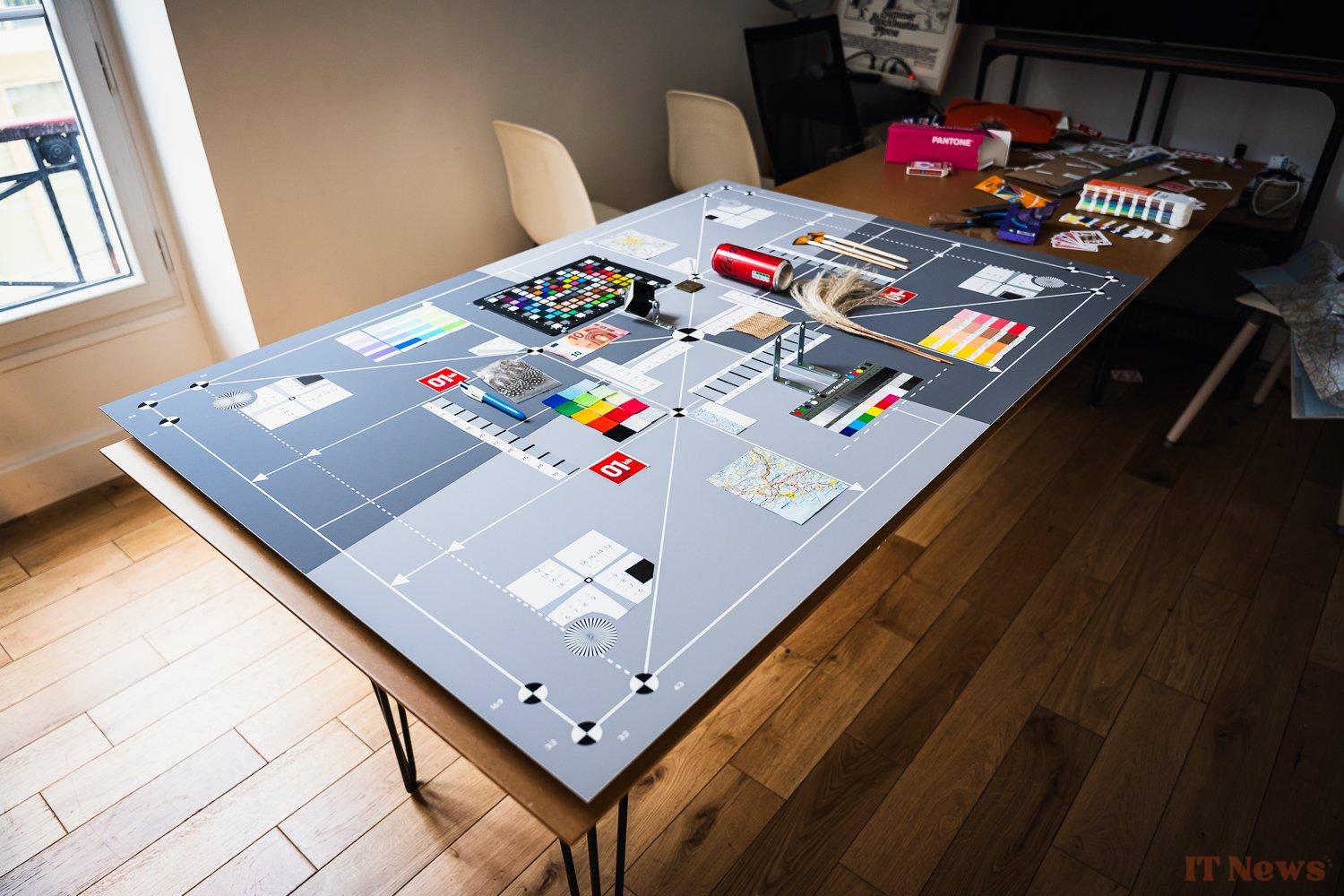
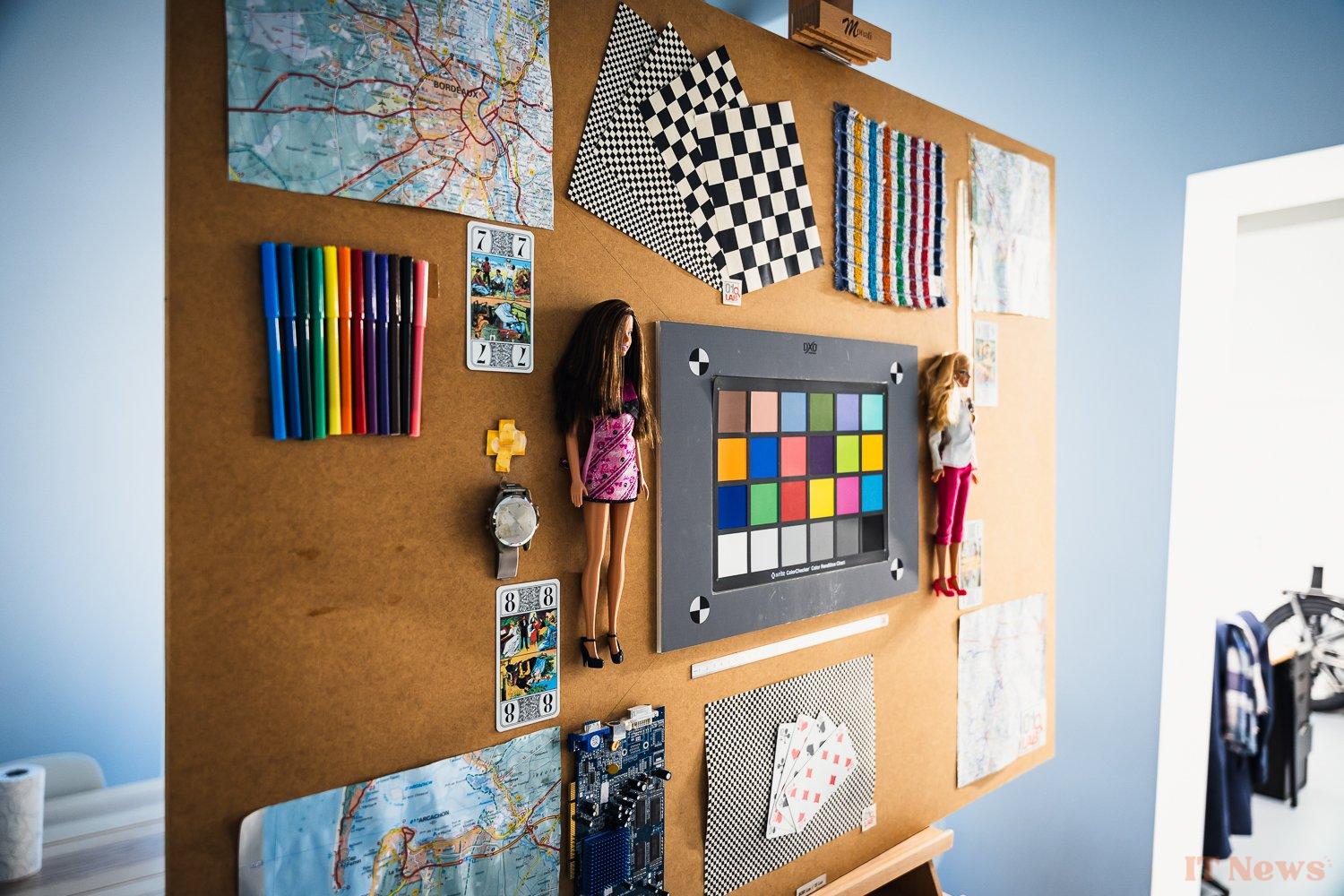
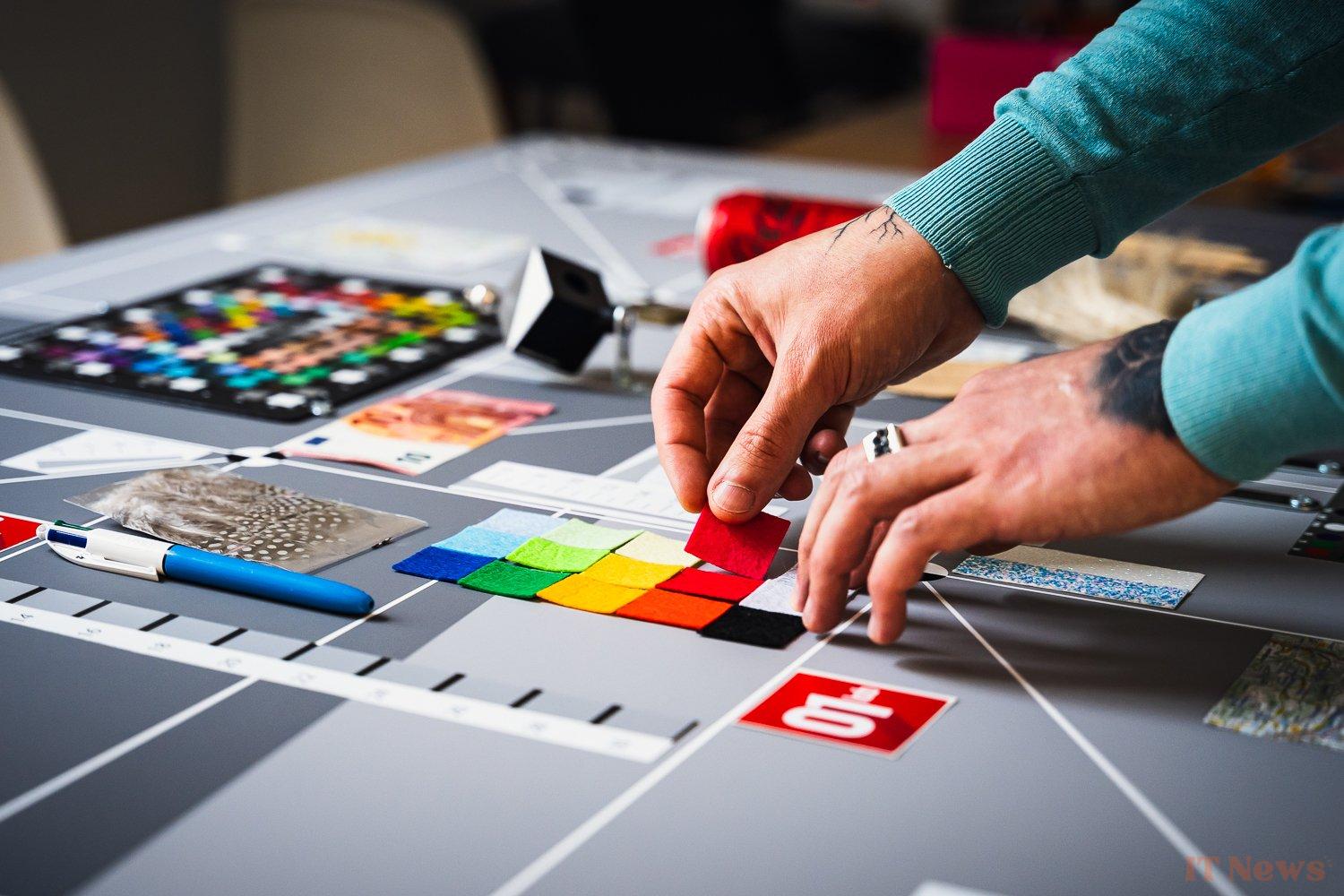
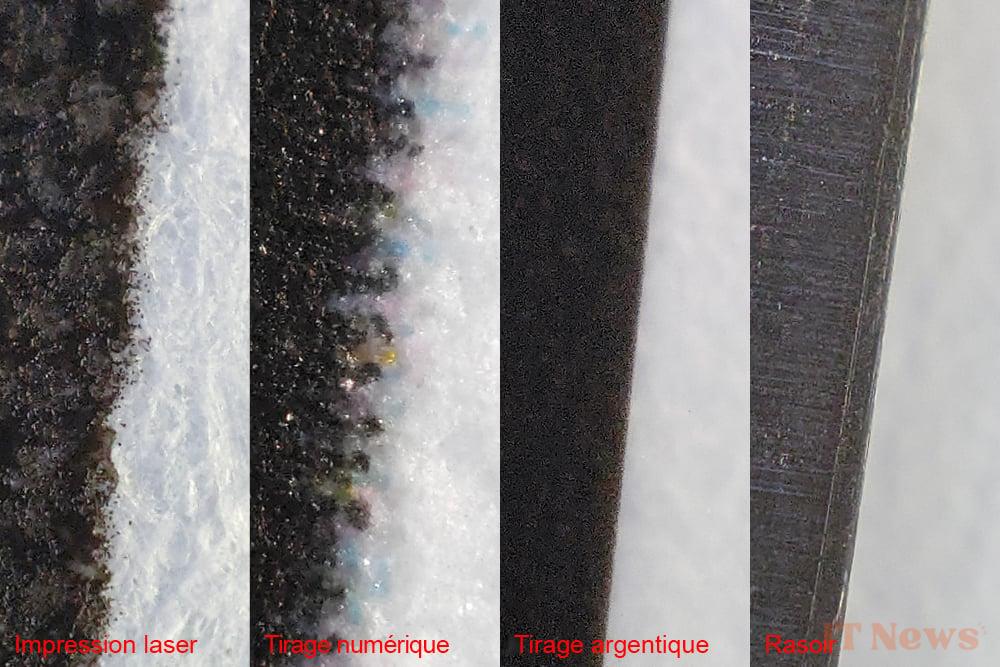
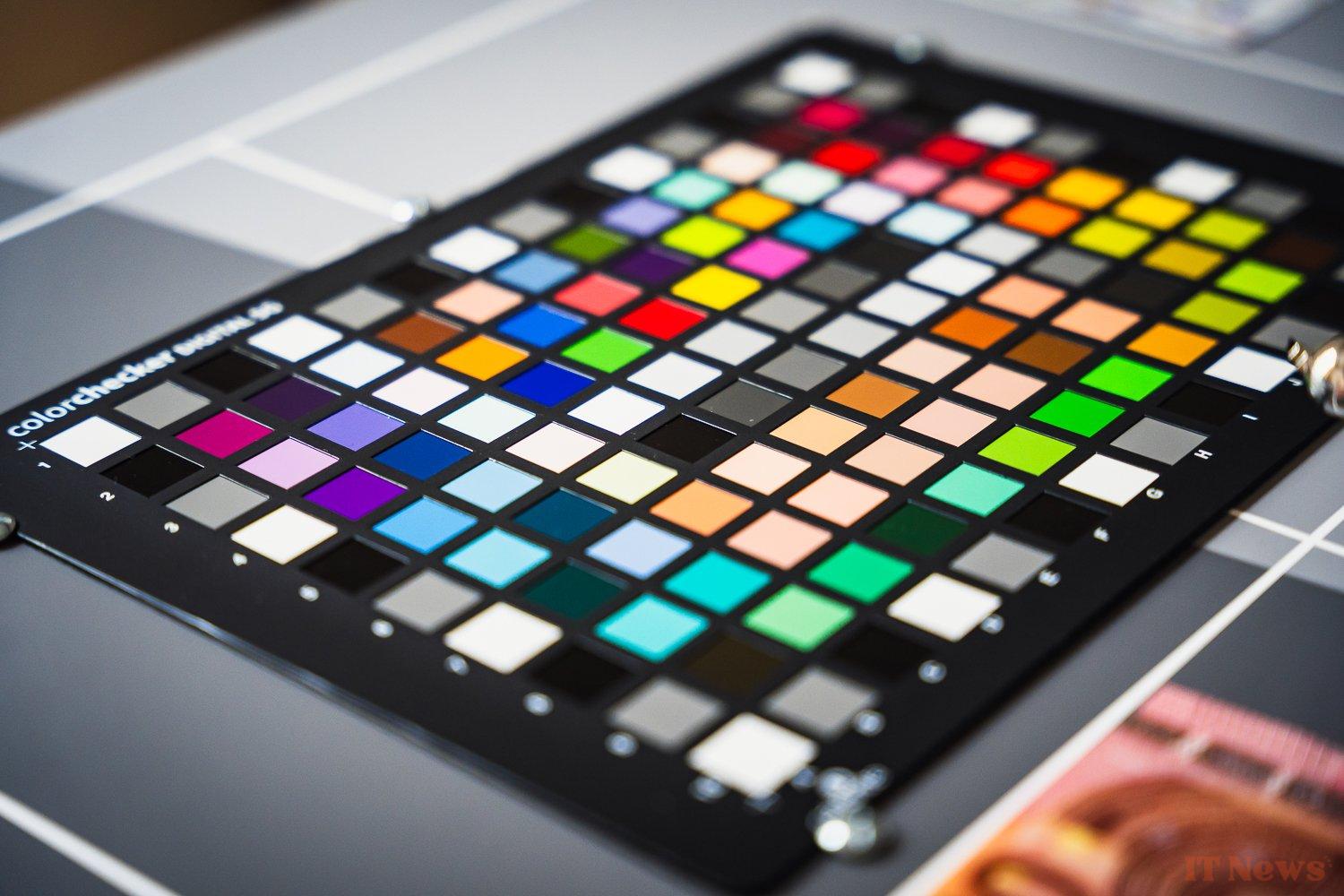


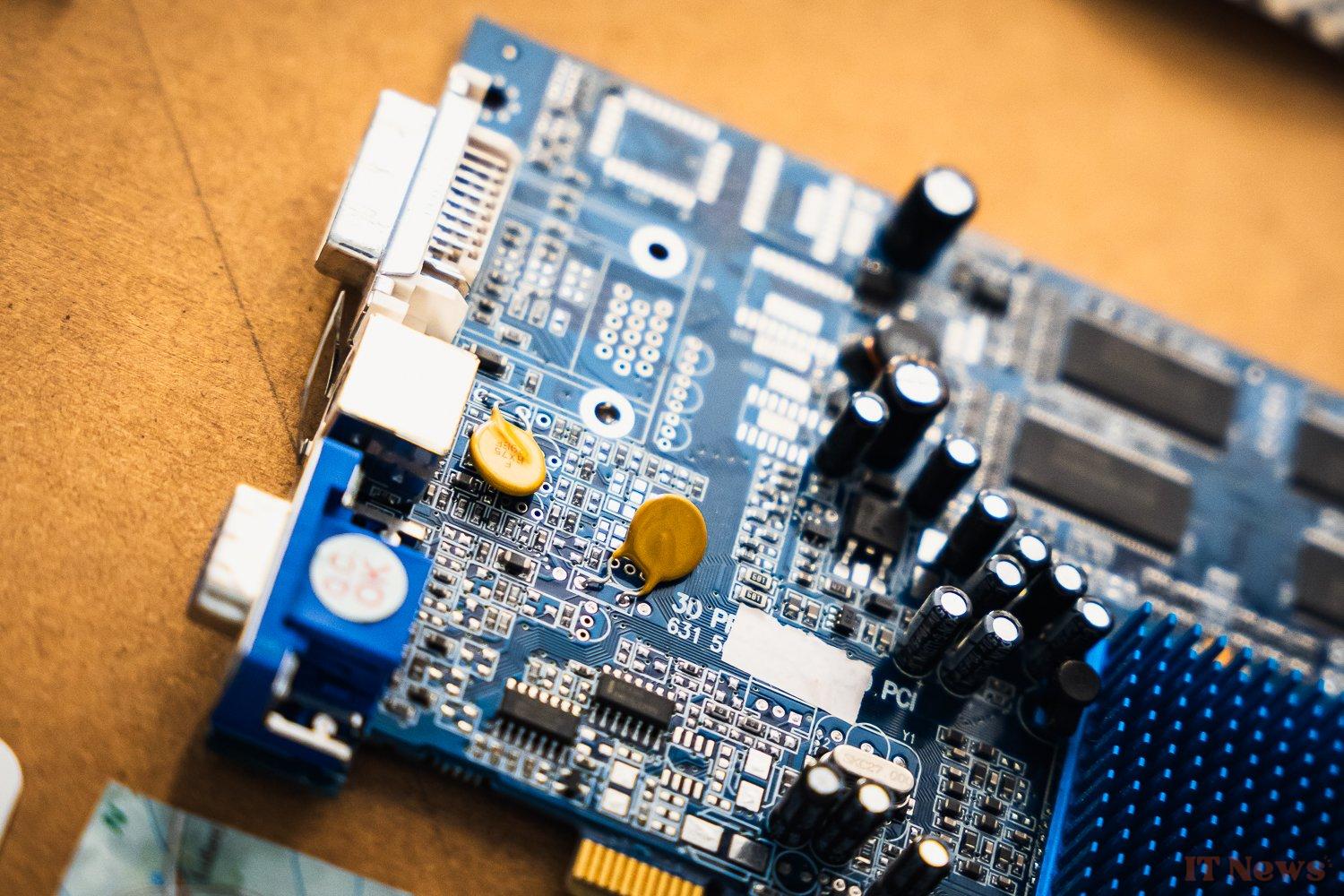
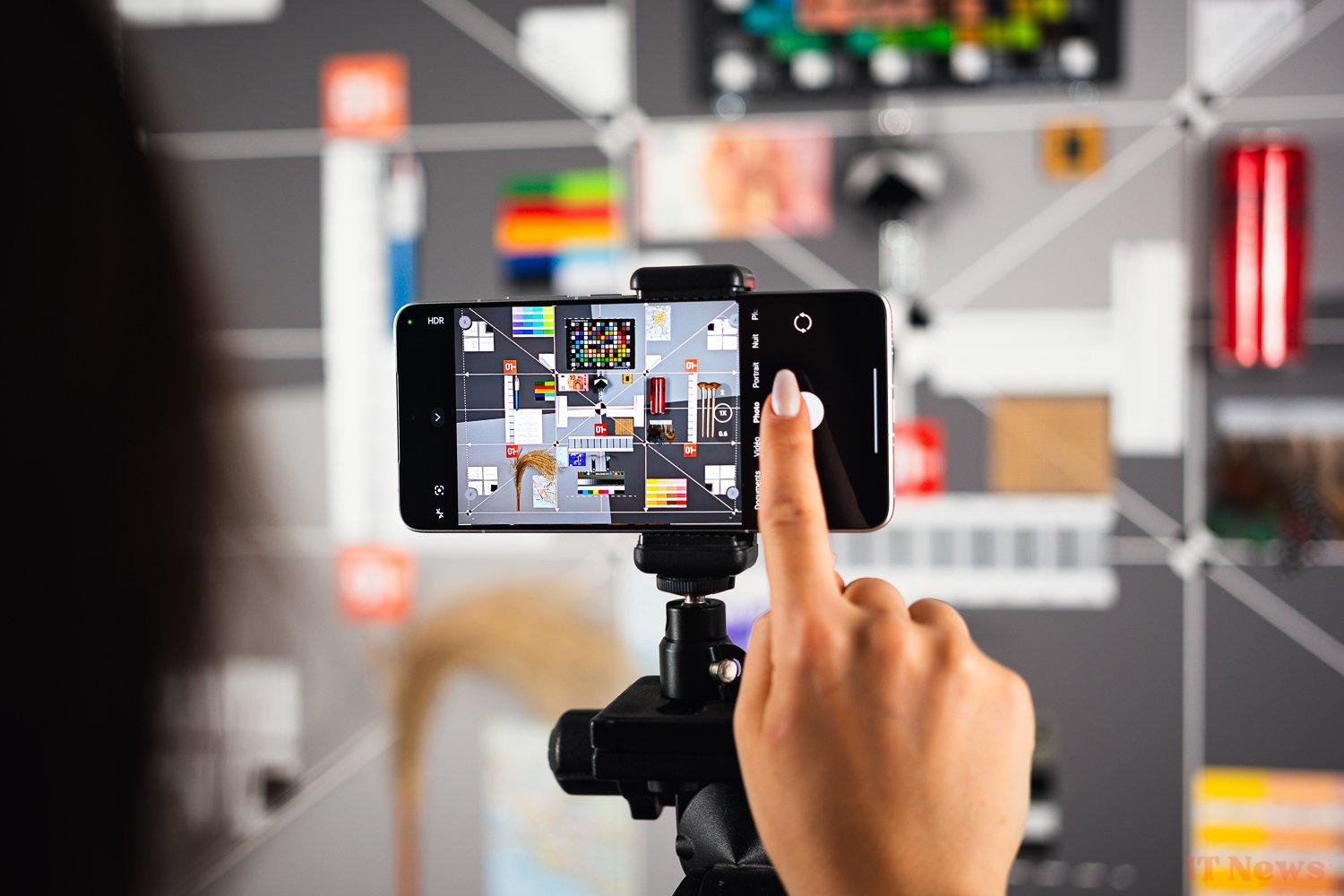
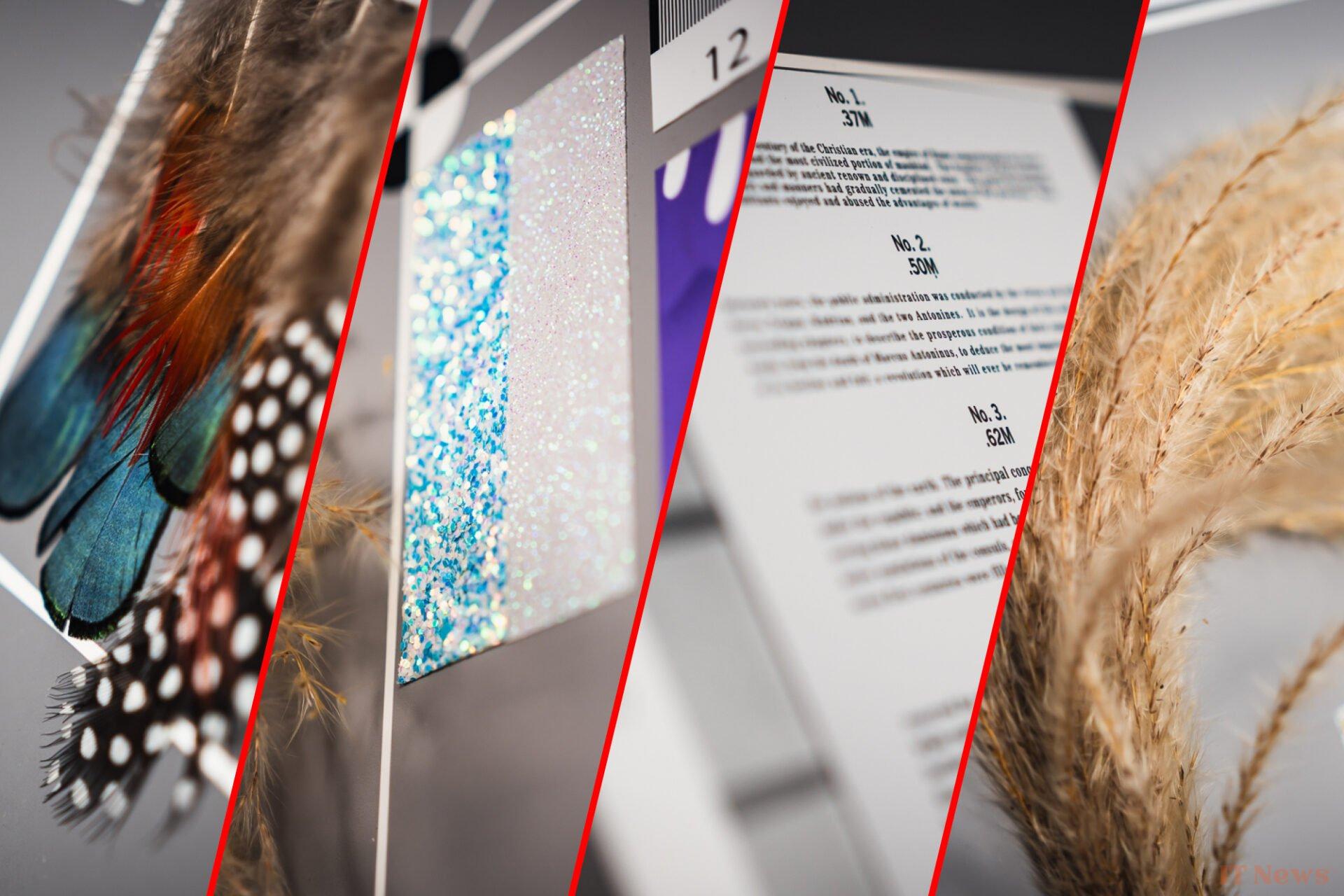
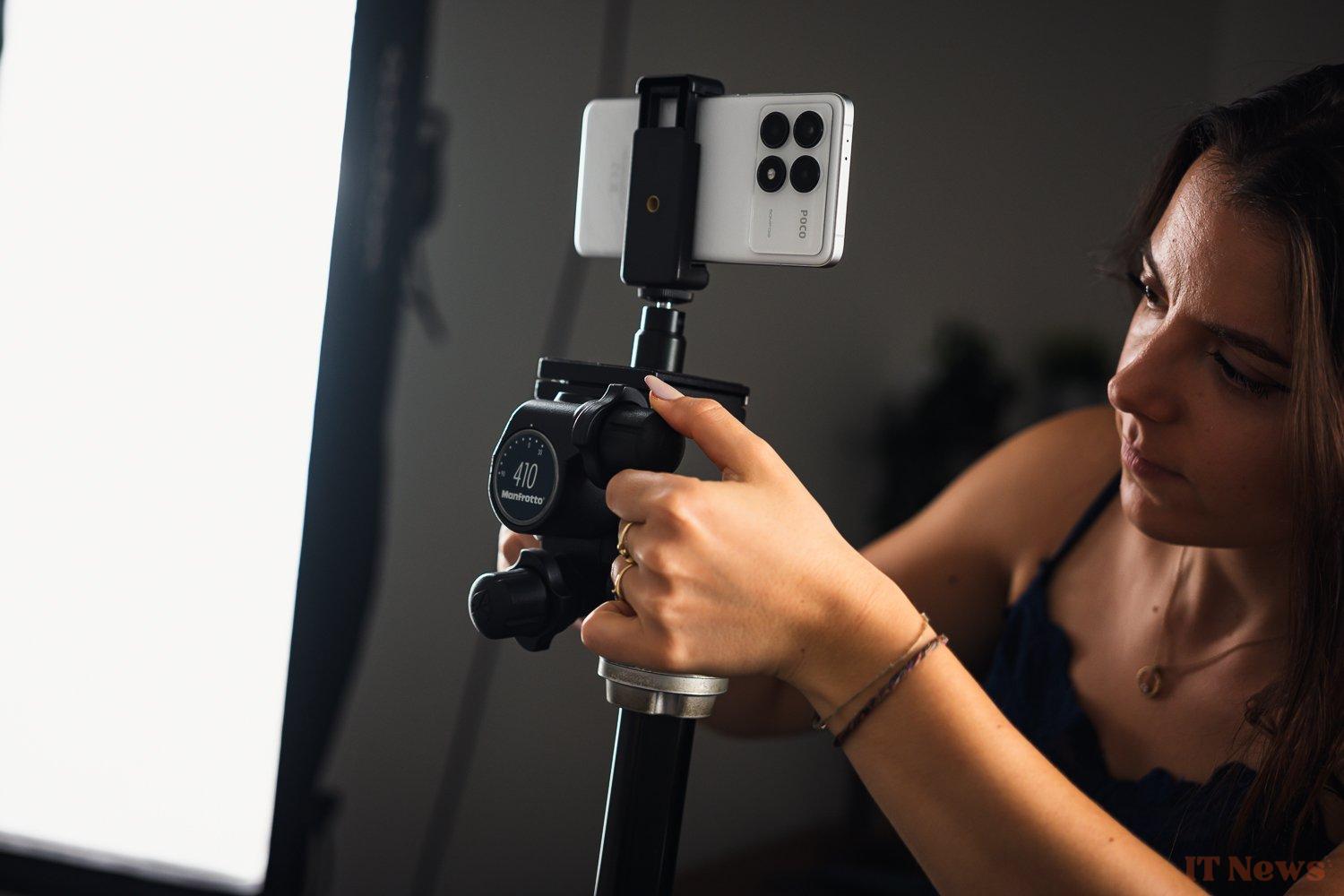

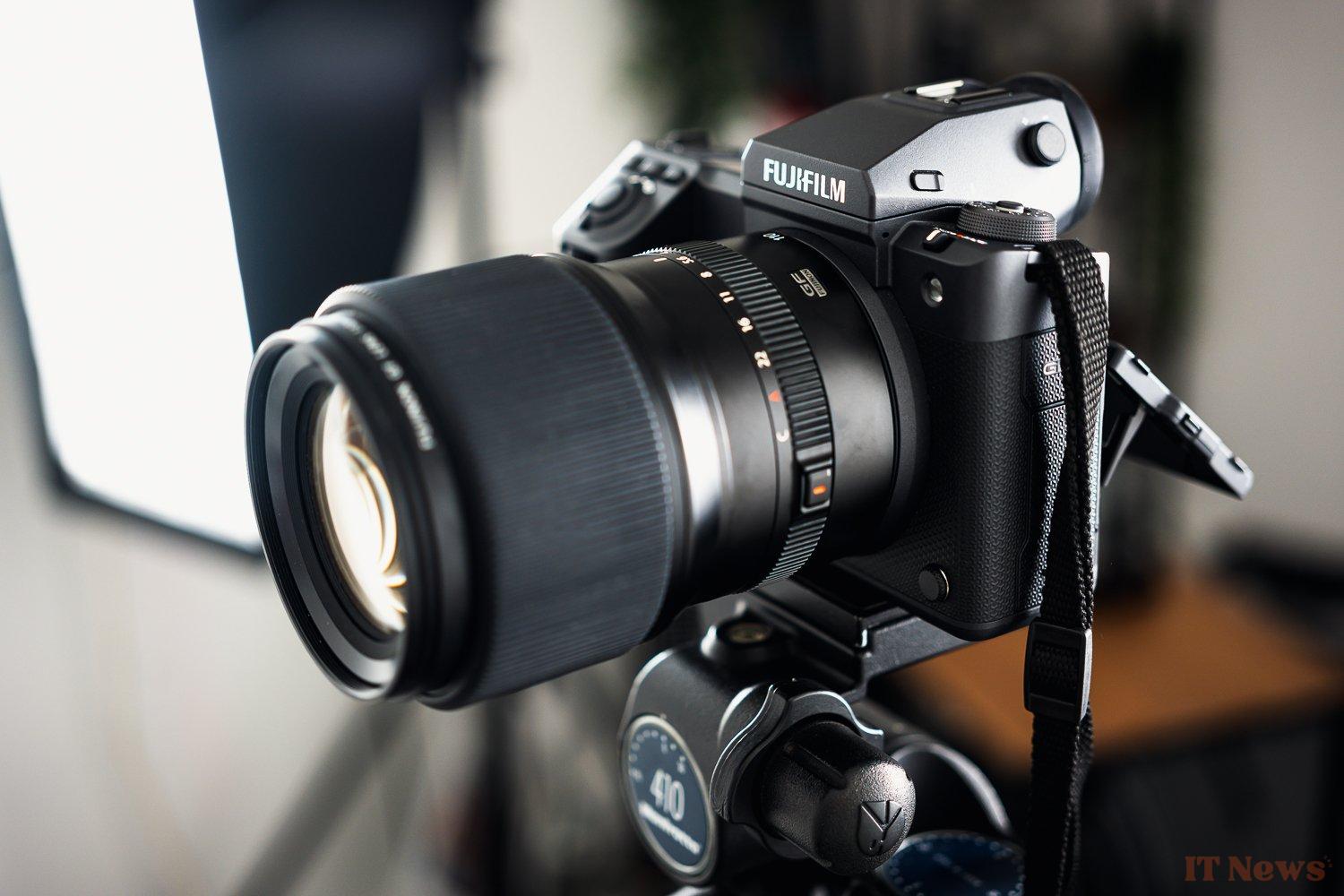
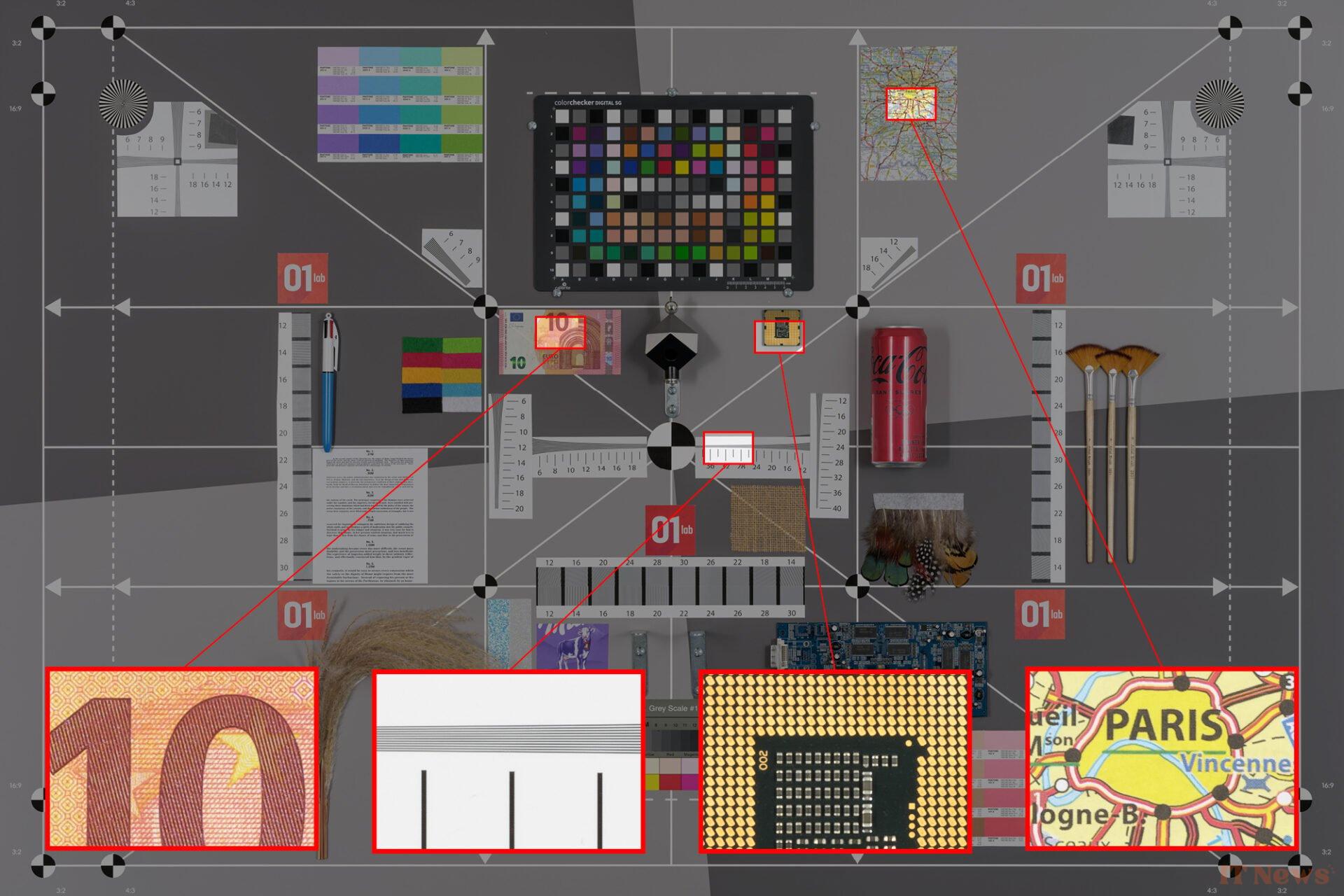

0 Comments